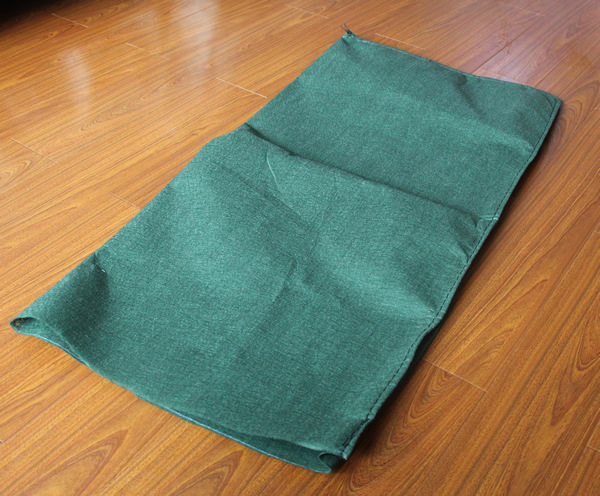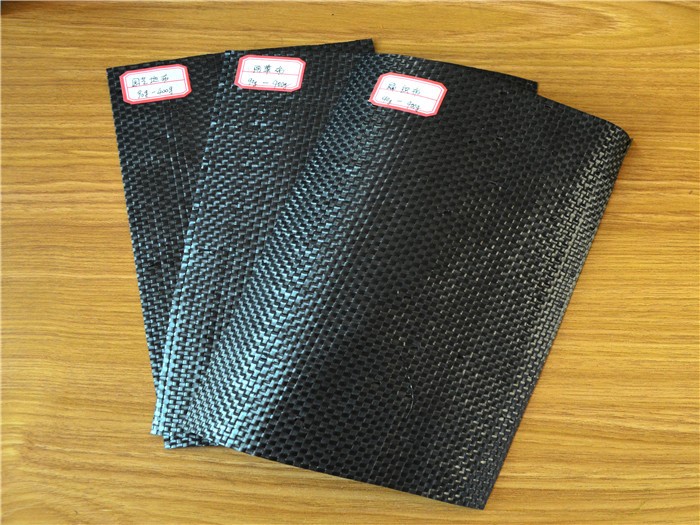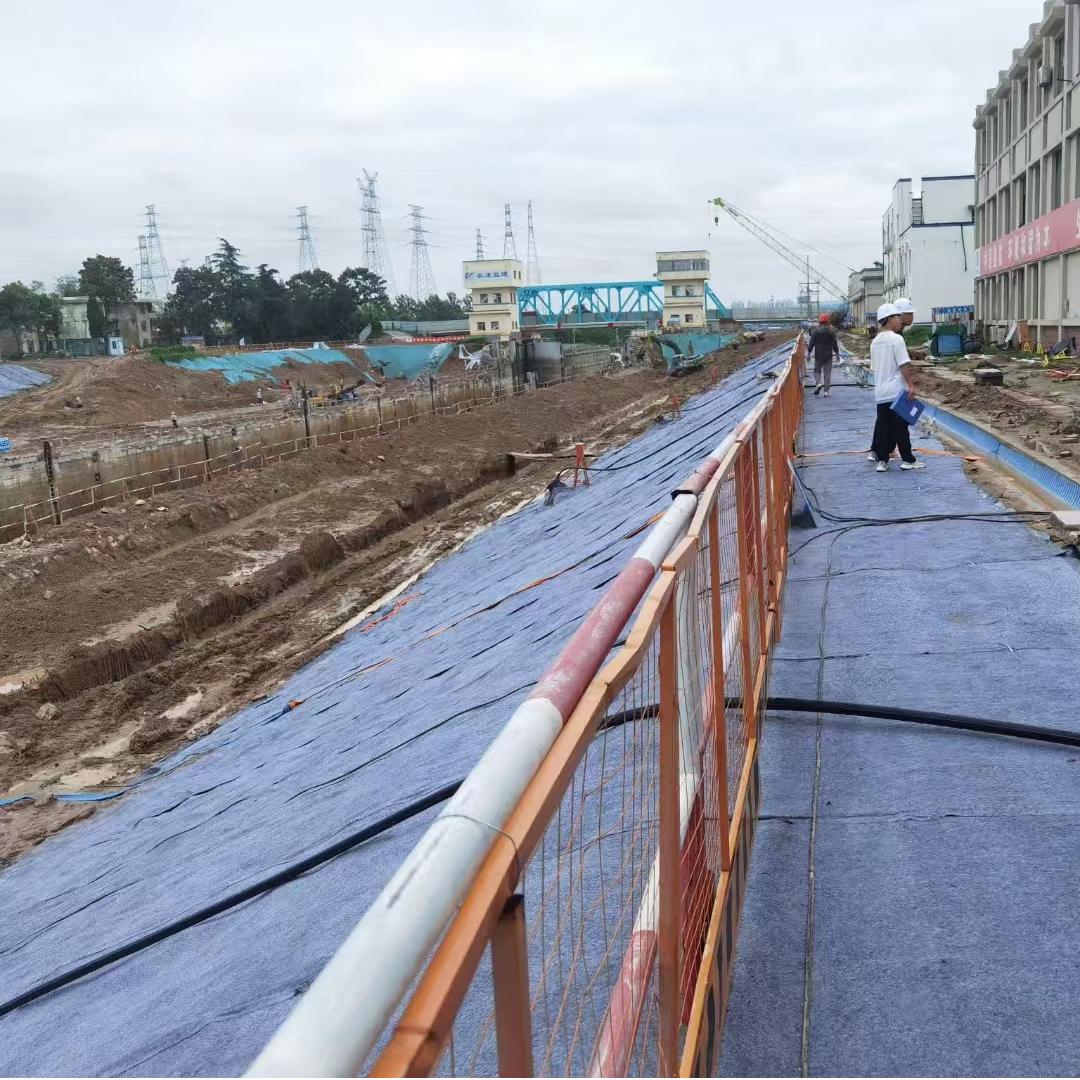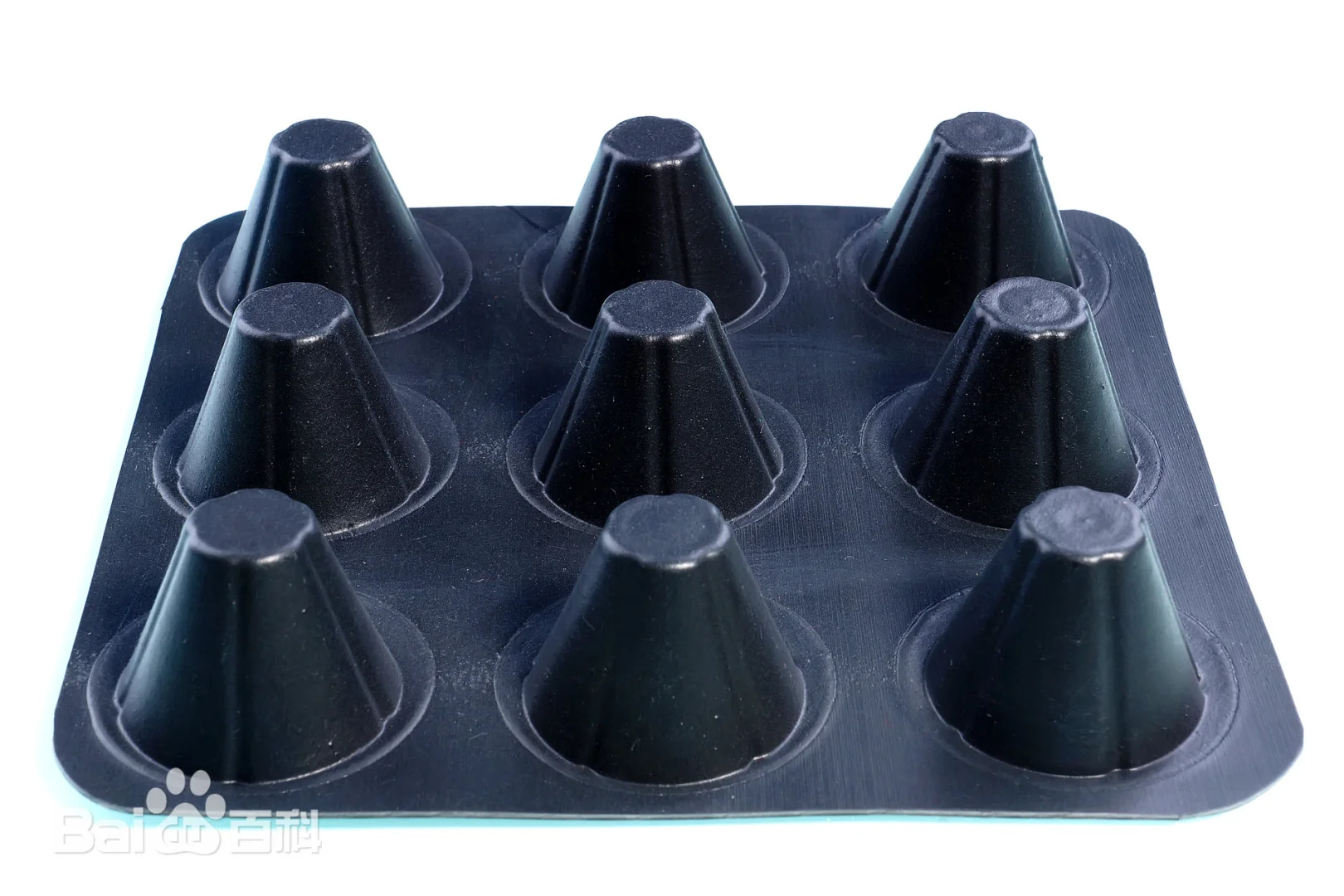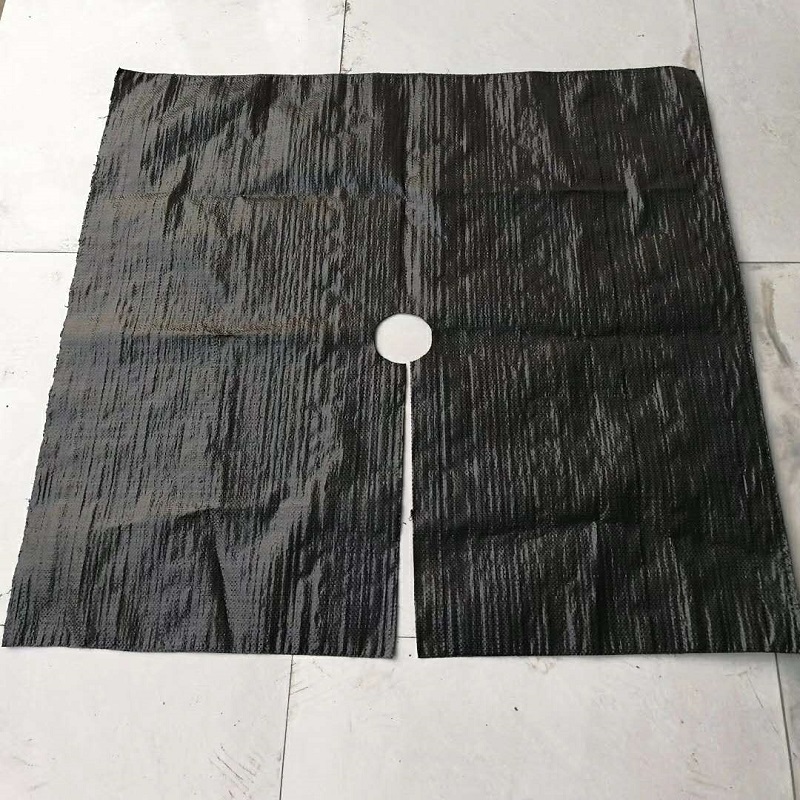





Perforated anti grass cloth商品描述
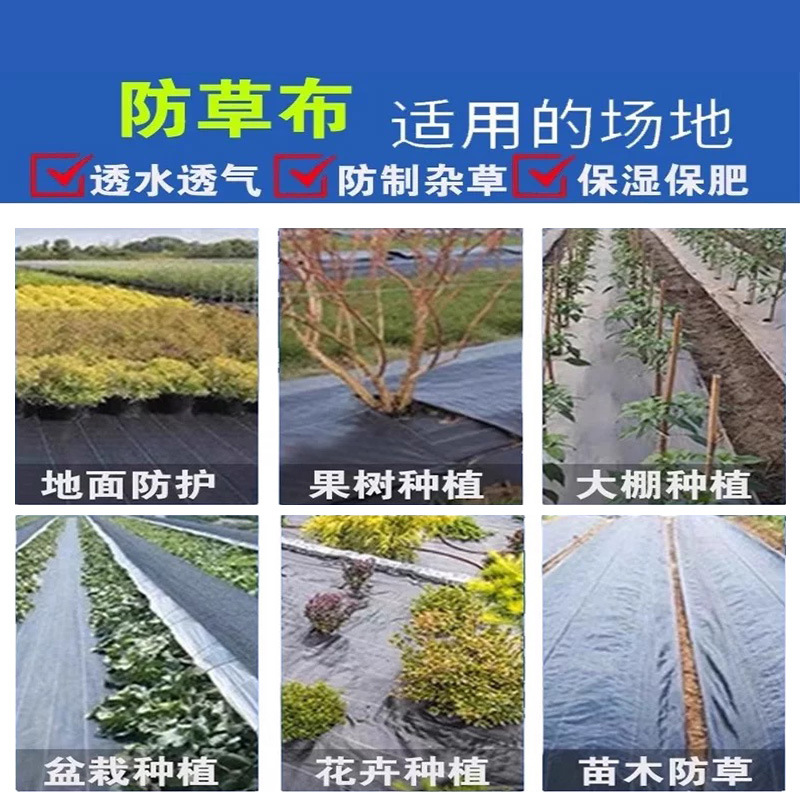
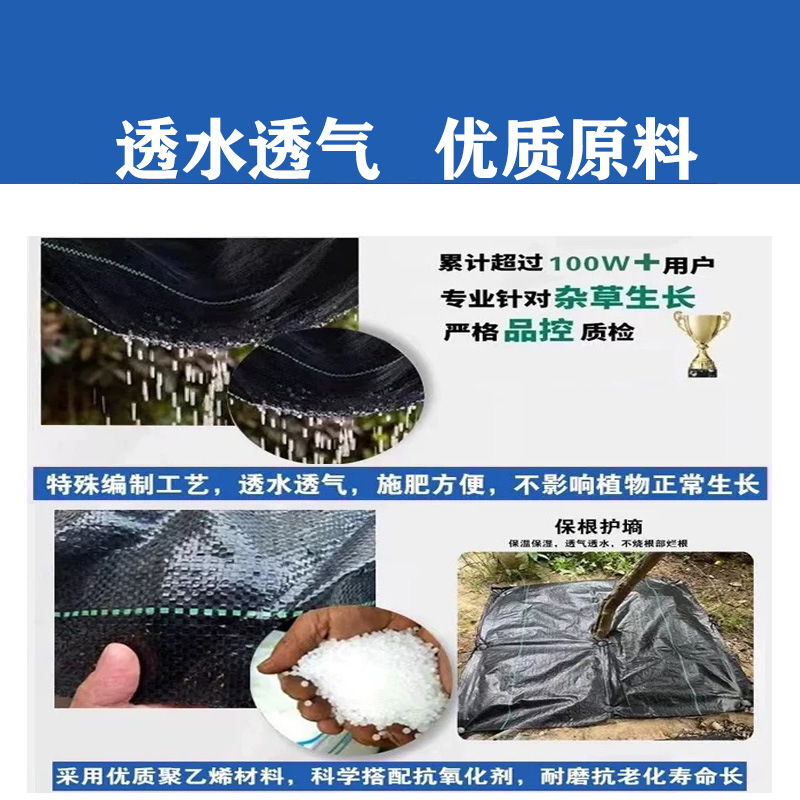
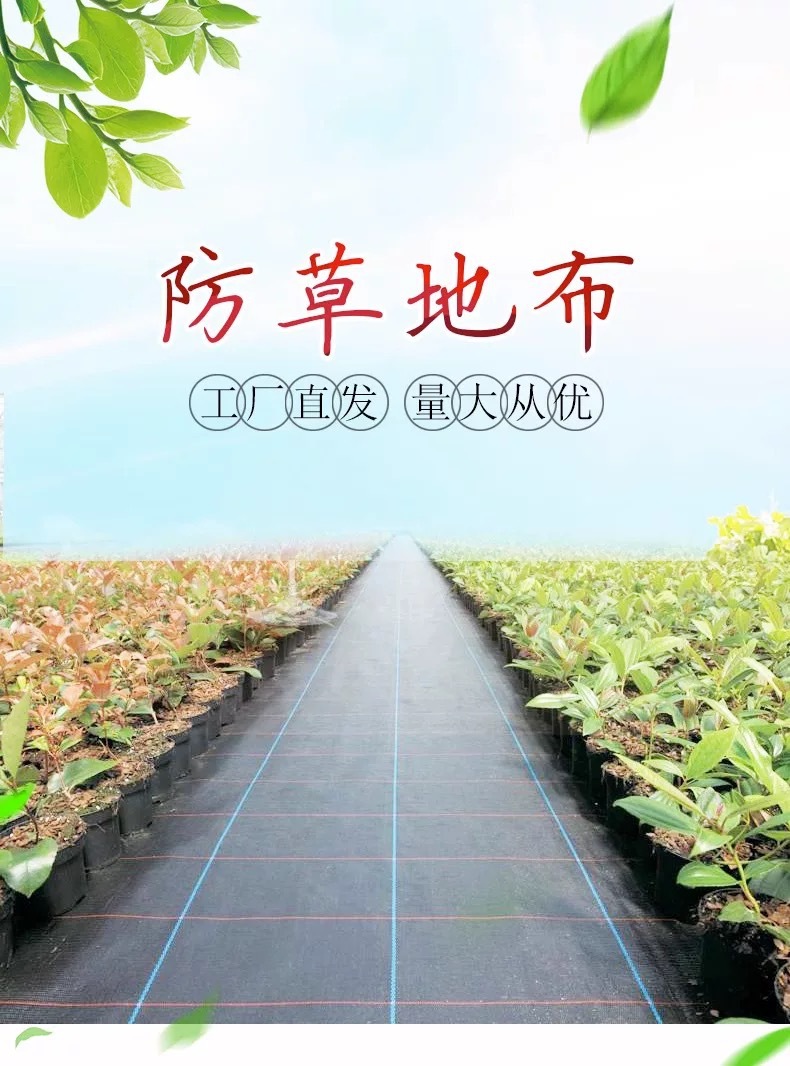
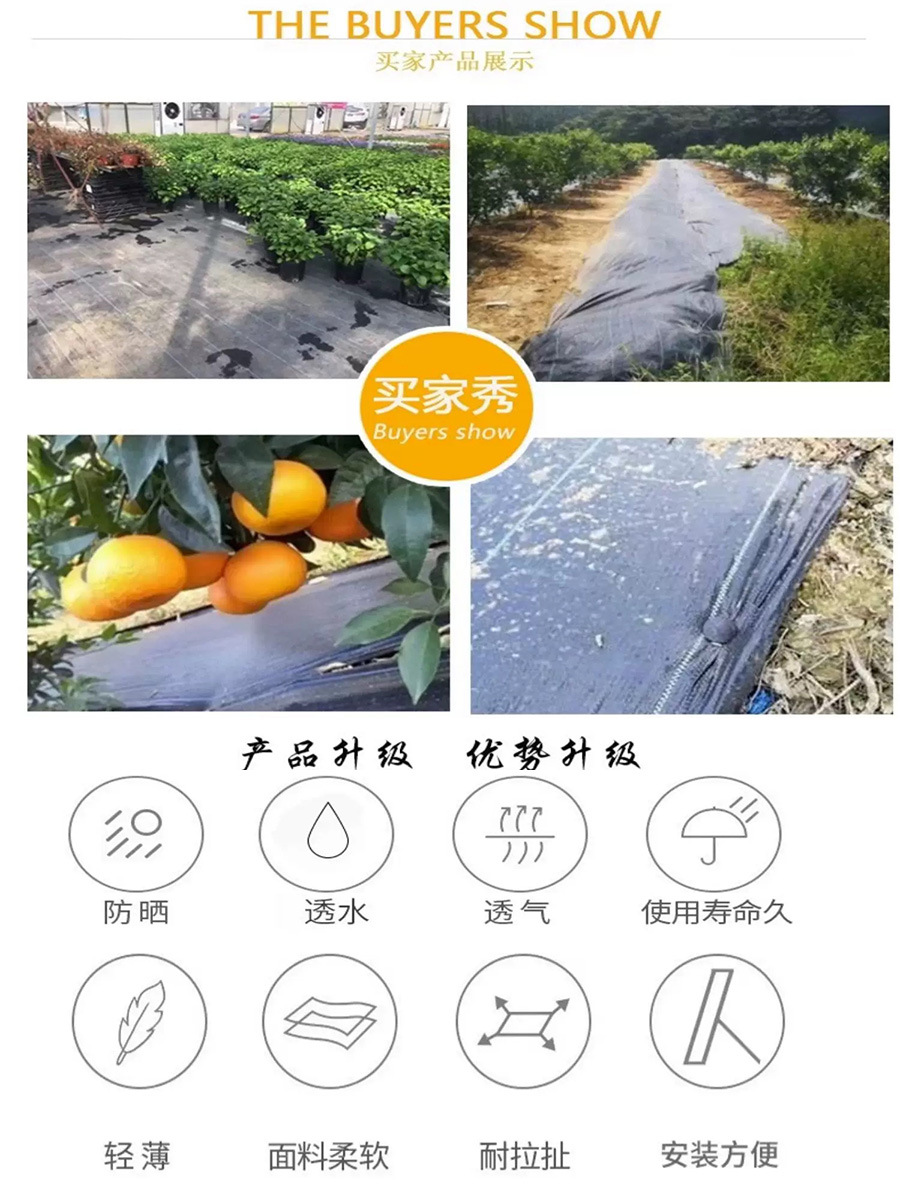
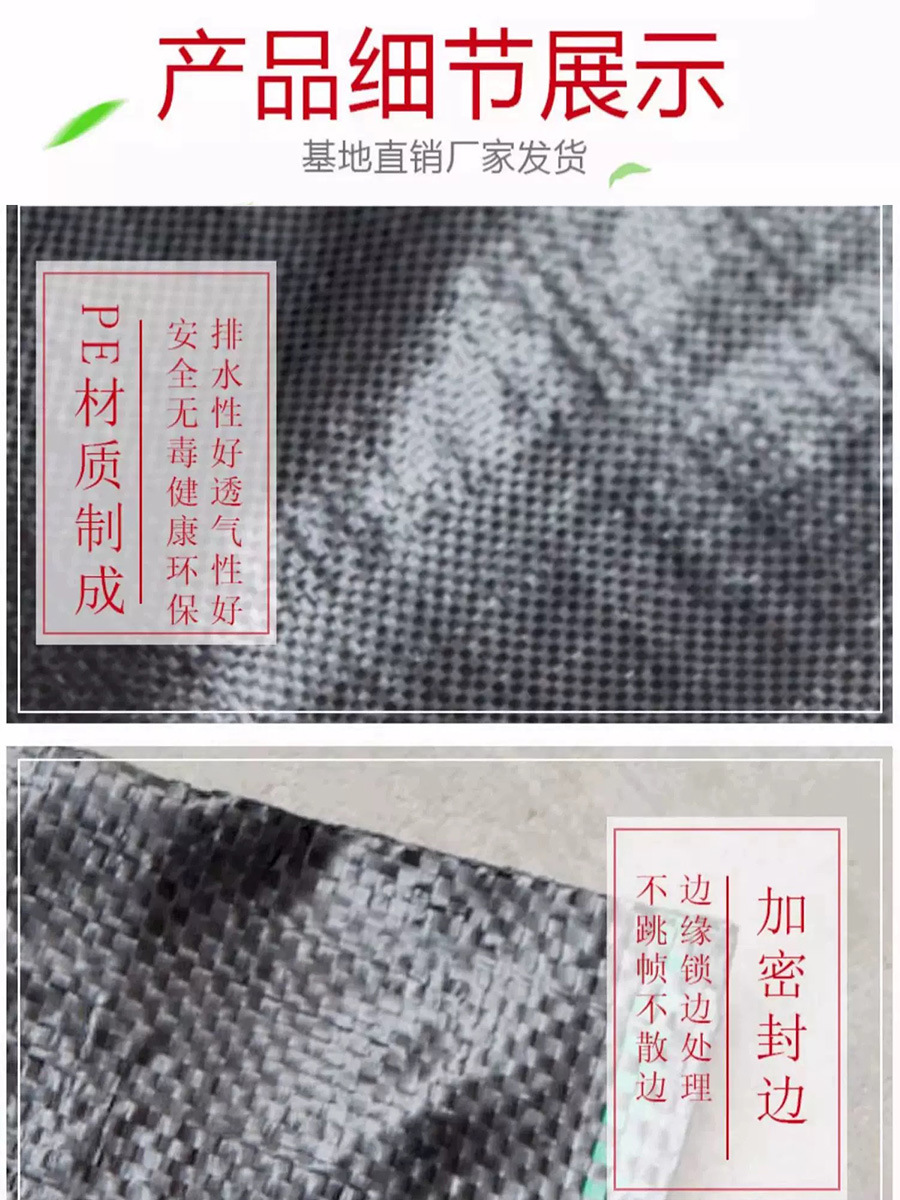
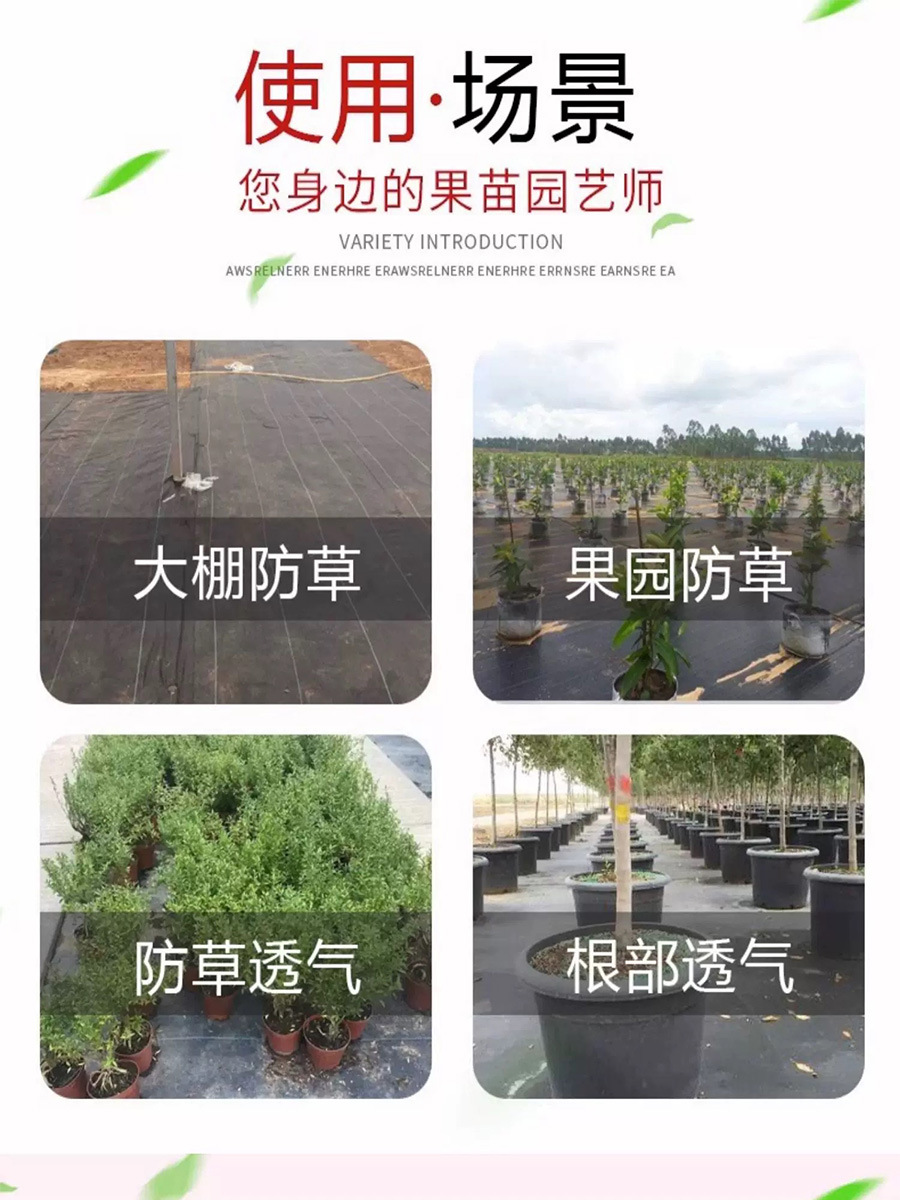
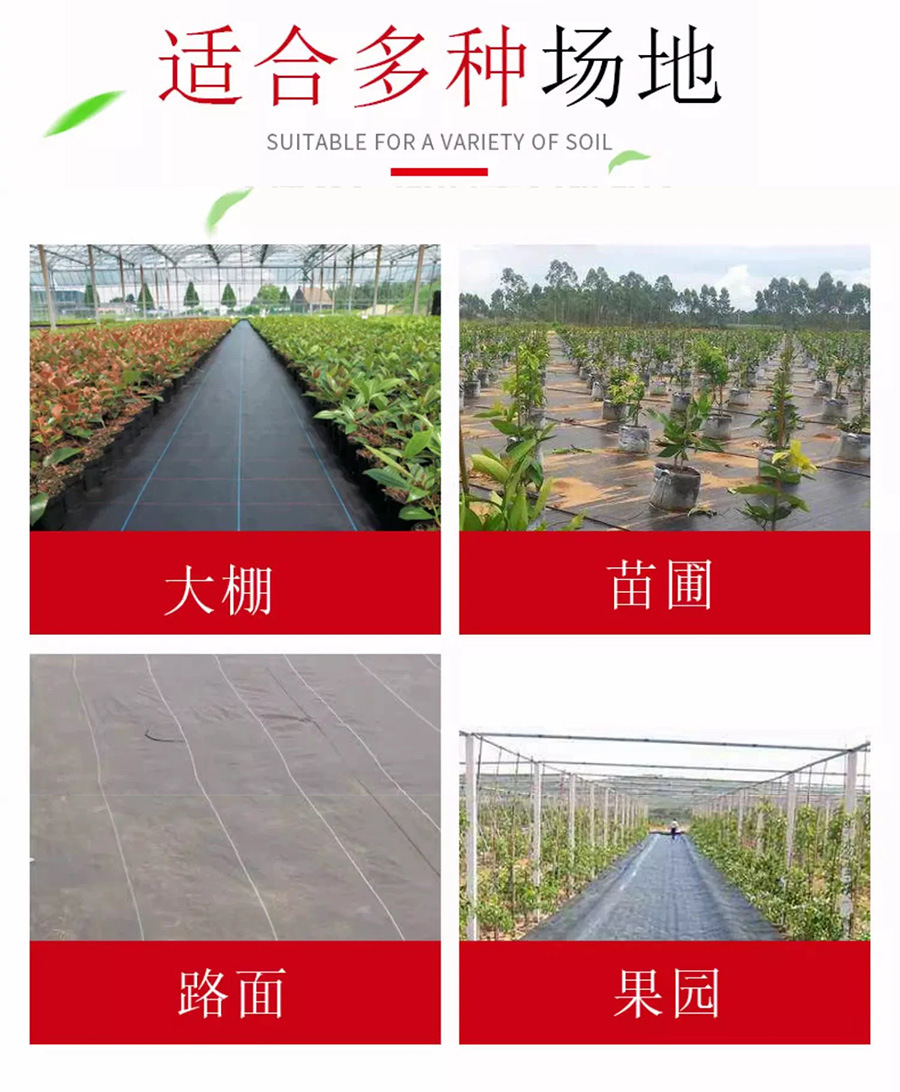
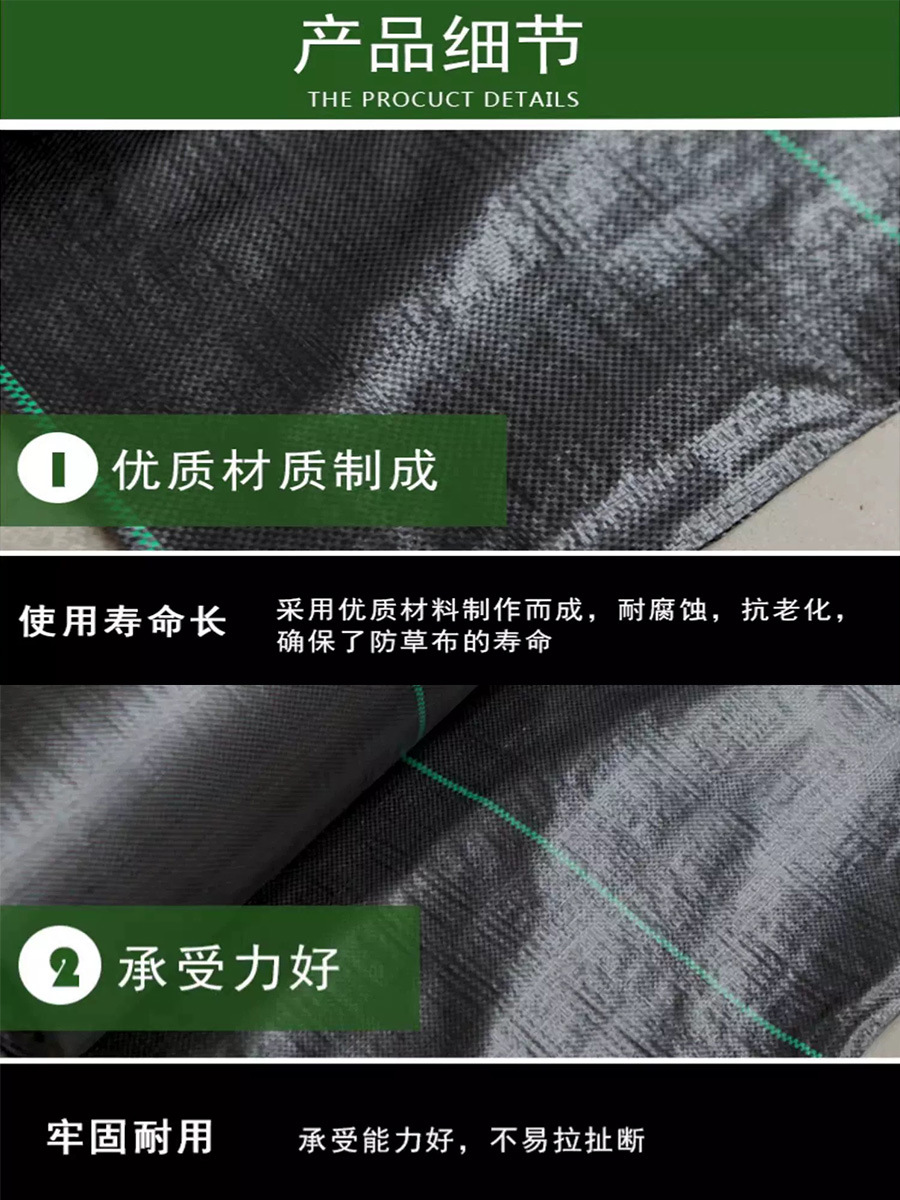
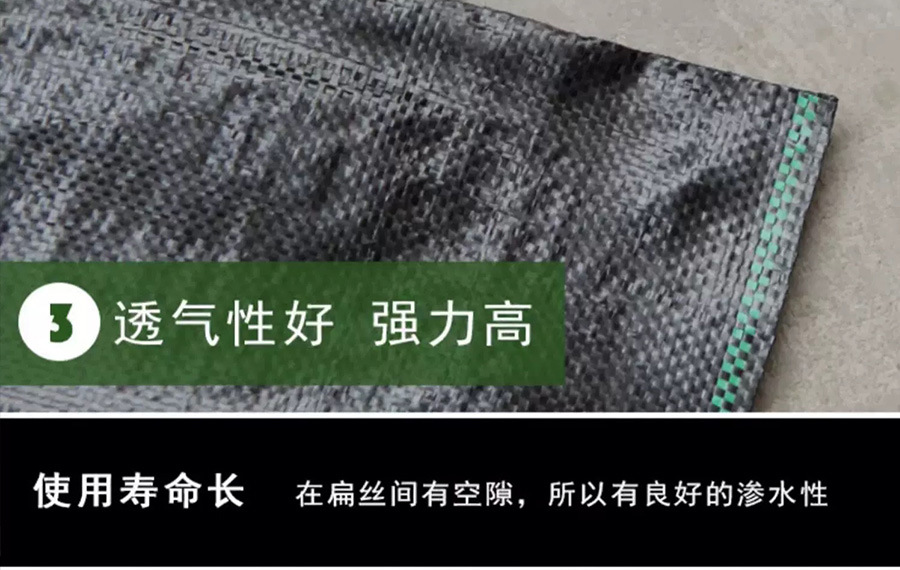
Anti grass cloth is made of polypropylene and acrylic flat yarn as raw materials, consisting of at least two sets of parallel yarns (or flat
yarns). One set is called warp yarn along the longitudinal direction of the loom (the direction of fabric travel), and the other set is called
weft yarn arranged horizontally. Using different weaving equipment and techniques to interweave warp and weft yarns into a fabric
shape, it can be woven into different thicknesses and densities according to different usage ranges. Generally, grass proof fabrics are
thinner and have strong tensile strength in both longitudinal and transverse directions (longitude greater than latitude), with good stability.
characteristic:
1. High strength, due to the use of plastic flat wire, it can maintain sufficient strength and elongation in both dry and wet conditions.
2. Corrosion resistance, able to withstand corrosion for a long time in soil and water of different pH levels.
3. Good water permeability is due to the presence of gaps between the flat wires, which results in excellent water permeability.
4. Good resistance to microorganisms and insect infestations without damage.
5. Easy to construct, due to its lightweight and flexible material, it is convenient for transportation, laying, and construction.
6. High breaking strength, up to 20KN/m or more, good creep resistance, and corrosion resistance.
effect
1. Prevent weeds from growing on the ground. Due to the ability of ground cloth to prevent direct sunlight from shining on the ground
(especially black ground cloth), and the use of the strong structure of ground cloth itself to prevent weeds from passing through the
ground cloth, the inhibitory effect of ground cloth on weed growth is ensured.
2. Timely eliminate accumulated water on the ground and keep the ground clean. The drainage performance of the ground cloth ensures
the rapid discharge of accumulated water on the ground. In addition, the pebble layer and medium sand layer under the ground cloth can
effectively suppress the reverse infiltration of soil particles, thus ensuring the cleanliness of the ground cloth surface.
3. Beneficial for the growth of plant roots and prevents root decay. This function also stems from the weaving and laying structure of the
ground cloth, which ensures that the roots of crops do not accumulate water, allowing the air in the roots to have a certain degree of fluidity,
thereby preventing root rot.
4. Prevent additional growth at the roots of potted plants and improve their quality. When producing potted flowers on the ground cloth, the
ground cloth can prevent the roots of the crops in the pot from penetrating out of the bottom of the pot and entering the ground, thereby
ensuring the quality of the potted flowers.
5. Beneficial for cultivation management: The vast majority of the land is woven with unidirectional or bidirectional marking lines, which can
be used to accurately arrange flower pots or cultivation substrates in greenhouses or outdoors.
上一篇: Previous:Weaving grass proof fabric
下一篇:Next:Fruit tree grass proof cloth
- 11-26The function and construction method of geomembrane
- 11-22How much is the cement blanket
- 11-26Classification of Geotextiles
- 11-26Application of composite geomembrane in reservoirs
- 11-26The difference between long filament geotextile and short filament geotextile
- 11-26Application of Grass proof Cloth
- 1What is waterproof geotextile
- 2Will geomembranes pollute the environment?
- 3Classification of Geotextiles
- 4The function and construction method of geomembrane
- 5Characteristics and functions of geotextile
- 6Installation of garage roof drainage board
- 7Application of Grass proof Cloth
- 8The difference between geomembrane and composite geomembrane
- 9Key points of geomembrane welding
- 10The use of composite geomembrane
 简体中文
简体中文 English
English

